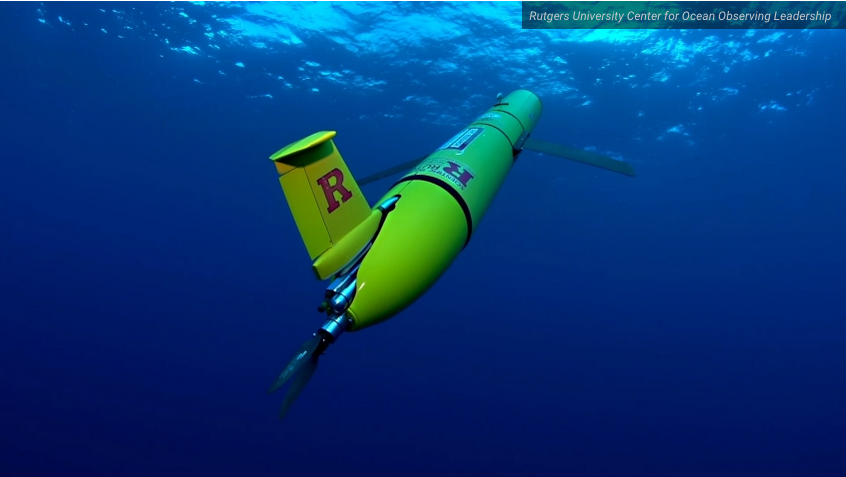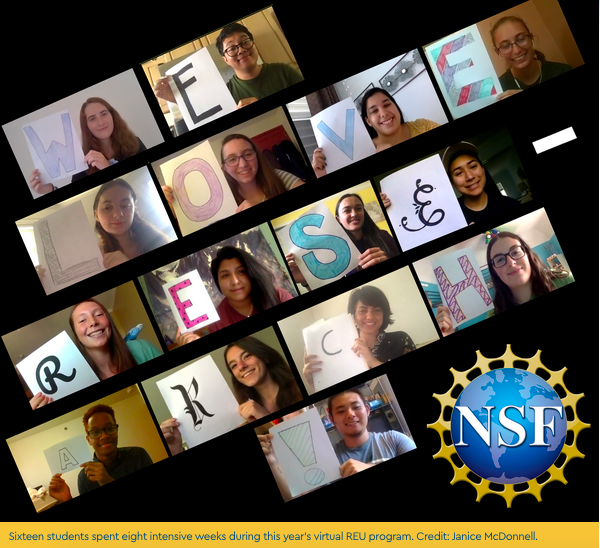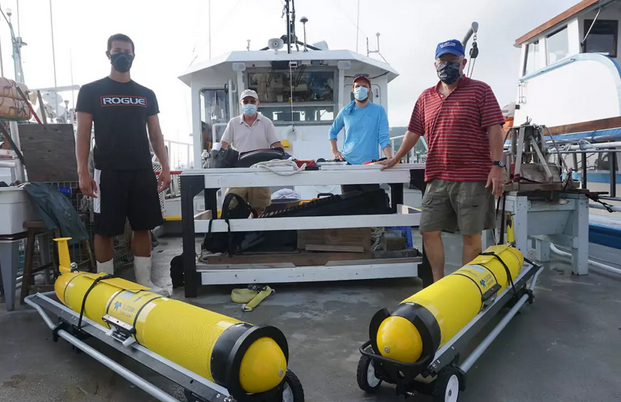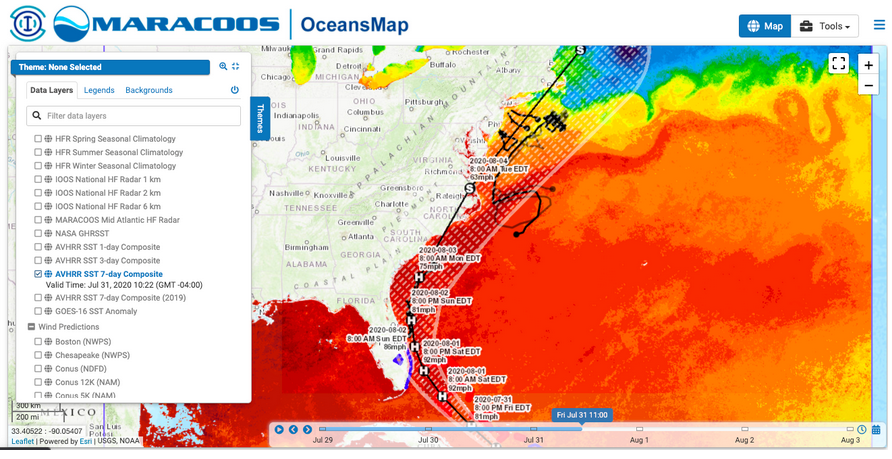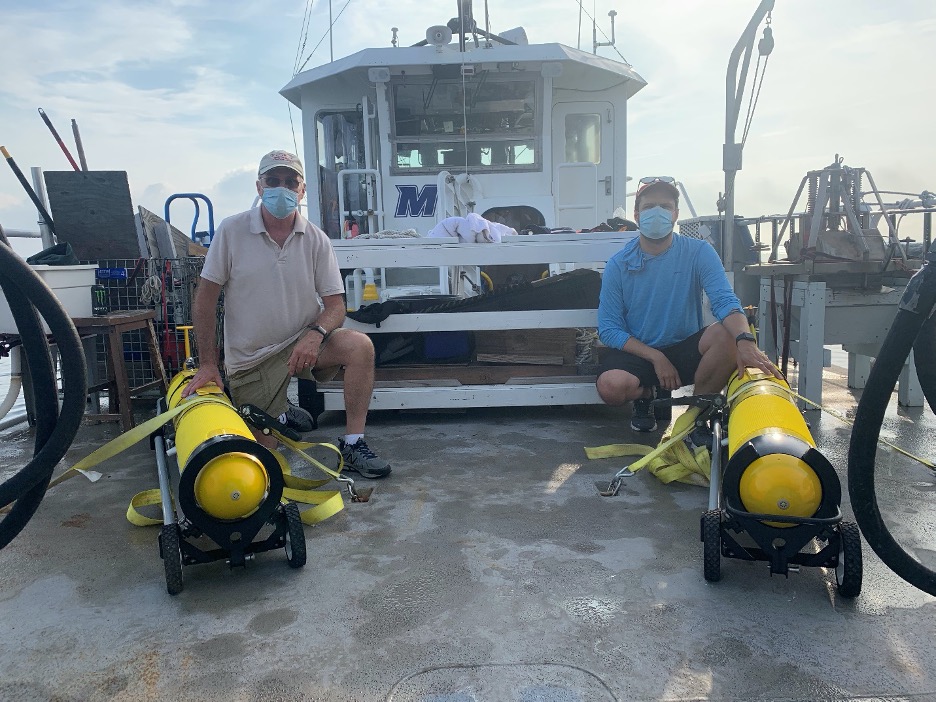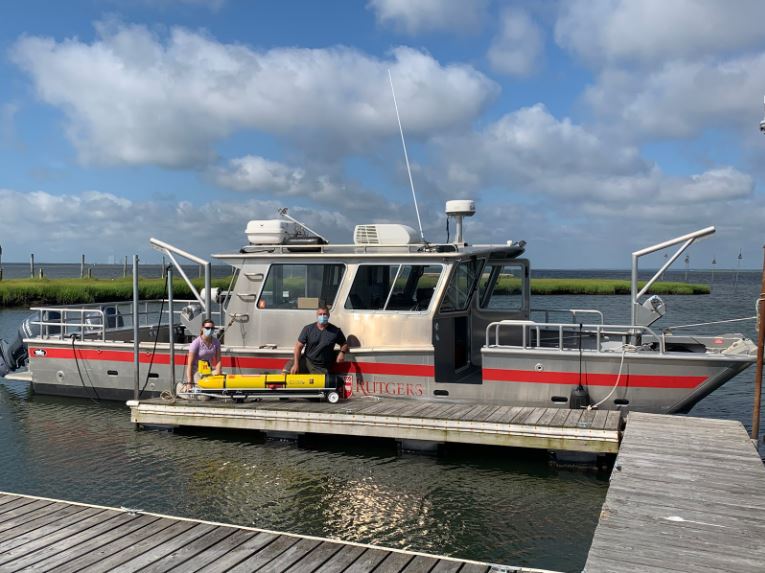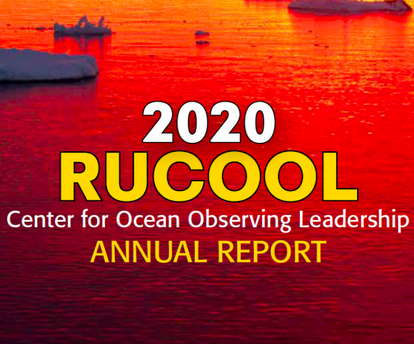Robots Are Tracking Hurricanes and Improving Forecast Accuracy
Torpedo shaped machines known as Slocum ocean gliders travel anywhere from the ocean's surface to more than 3,000 feet underwater, collecting critical data that not only improves forecasts but will…

